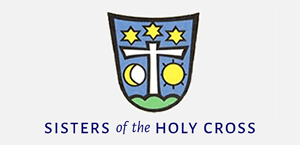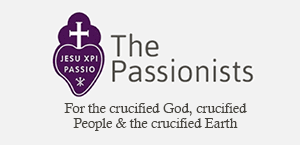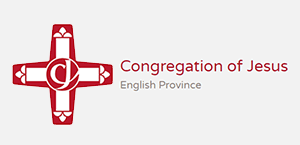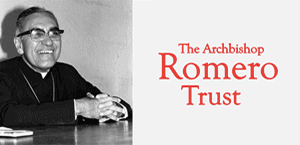Gospel in Art: Pentecost - Receive the Holy Spirit
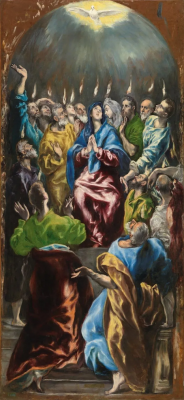
Pentecost, El Greco. 1600 © Museo del Prado, Madrid, Spain
Source: Christian Art
Gospel of 28 May 2023
John 20:19-23
In the evening of the first day of the week, the doors were closed in the room where the disciples were, for fear of the Jews. Jesus came and stood among them. He said to them, 'Peace be with you', and showed them his hands and his side. The disciples were filled with joy when they saw the Lord, and he said to them again, 'Peace be with you.
'As the Father sent me, so am I sending you.' After saying this he breathed on them and said: 'Receive the Holy Spirit. For those whose sins you forgive, they are forgiven; for those whose sins you retain, they are retained.'
Reflection on the painting
Today is Pentecost, the day we celebrate the gift of the Holy Spirit, 50 days after Easter. The name 'Pentecost' comes from the Greek pente-koste, which means fiftieth. As Jesus sends the apostles on their mission ('As the father sent me, so I am sending you'), he gives them the gift of the Holy Spirit.
Throughout art history, artists have used fire/flames, wind, the breath of God and a dove as the main symbols to represent the Holy Spirit. In today's painting we see a combination of three of these elements: the dove (at the top of the painting), the wind flowing from the heavens, and the flames that have descended upon the apostles and the Virgin. The flames in our painting are what we notice first. Fire has long been a symbol of God, not only in the Bible itself (think of the burning bush for example), but also in our churches (the sanctuary candle or when we light a candle when saying a prayer). These flames remind us of the presence of God.
El Greco, by assigning a flame to each individual depicted, masterfully shows us how the Holy Spirit dwells in each of the disciples... and in us too. The bearded Apostle who looks out at us from the right of the canvas has been identified as a self-portrait. El Greco was a Greek painter, sculptor and architect of the Spanish Renaissance. El Greco was his nickname as 'the man from Greece', and the artist normally signed his paintings with his full birth name in Greek letters, often adding the Greek word which means "Cretan". El Greco's dramatic and expressionistic style, as visible in our painting, was met with puzzlement by his contemporaries, but found appreciation by the 20th century. It is true, his paintings still have that modern and innovative appeal to them. Our work was painted as part of the main altarpiece for the church of the Augustinian College of María de Aragón in Madrid. Its strong verticality further enhances the spiritual side of this work.
Wishing you a very happy Pentecost Sunday.
LINKS
Gospel in Art: https://christian.art/
Today's reflection: https://christian.art/daily-gospel-reading/john-20-19-23-2023/












